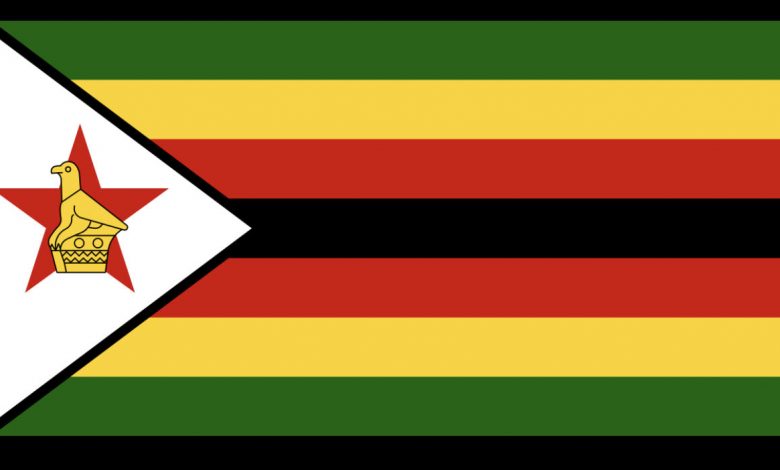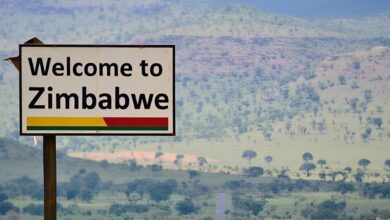Key Government initiatives in Zimbabwe: A review of 2018-2023

Key Government initiatives in Zimbabwe between 2018 and 2023 is being witnessed countrywide. These were to address the country’s economic, social, health and climate challenges. These are playing a significant role in the country’s areas of development as needed. They address some of the issues to alleviate the pressure in the economic, social, health and climate challenges.
Zimbabwe Risk and Resilience Project: Supported by the Zimbabwe Reconstruction Fund (ZIMREF). This project aims to strengthen the government-led disaster risk management’s institutional systems and policy-related aspects. The ZIMREF project’s end period expectation is 2023. It aims to contribute to the strengthening of Zimbabwe’s systems for reconstruction and development. It anchors on four windows with eight activities. These four windows focus on private sector led growth and systems and capacity development. The other two are resilience and livelihood support and analytical and policy support.
Another supported key government initiative in Zimbabwe is the Zimbabwe Destination Development Program. Here the International Finance Corporation (IFC) provides technical assistance to this program. It aims to enhance the competitiveness of Victoria Falls, a popular tourism destination. Moreso, the social Protection and WASH pilot project is another project. This aims to keep adolescent girls in school after COVID-19-related school closures. It involves sensitising schools and providing cash transfers, livelihood support, menstrual hygiene management advice, and water and sanitation services worldbank.org.
The 2022-2026 UN Sustainable Development Cooperation Framework for Zimbabwe is on course. This key initiative in Zimbabwe aims to support the country’s recovery from the COVID-19 pandemic. It also contributes towards the achievement of the Sustainable Development Goals (SDGs). It prioritises environmental protection, climate resilience, natural resource management, and economic transformation zimbabwe.un.org.
Some of Zimbabwe’s key initiatives to improve the ailing nation.
Additionally, the national Migration Policy is another key initiative in Zimbabwe. It has the support from the International Organization for Migration (IOM). Furthermore, the government is developing a National Migration Policy to address issues related to cross-border mobility and irregular migration. It is also focusing on human smuggling and climate-driven movements reliefweb.int.
Also, regarding economic reforms, the government has made substantial progress in overcoming structural and financial problems. This is according to an early report in the year by Newsday. This is including reducing civil service salaries from 97% of revenues to less than 40% of the current budget. Also, introducing a new currency, and consolidating and confirming all state liabilities. However, seven months later these reforms seem to not have alleviated the economic pressure to date. The success of these measures is yet to be fully seen but currently the economy is on a downward trend.
The forming of the Zimbabwe Investment and Development Agency (ZIDA) is another key initiative done by Zimbabwe. With its forming in 2020, ZIDA strives to be a one-stop-shop for investors. With the aim to promote and facilitate both domestic and foreign investment in Zimbabwe state.gov.
These key Government initiatives in Zimbabwe highlight the government’s efforts to stabilise the economy and improve social welfare. It also aims to address climate change, manage migration and attract investment. However, the country continues to face significant challenges, including economic instability, high unemployment and a need for further reforms.





